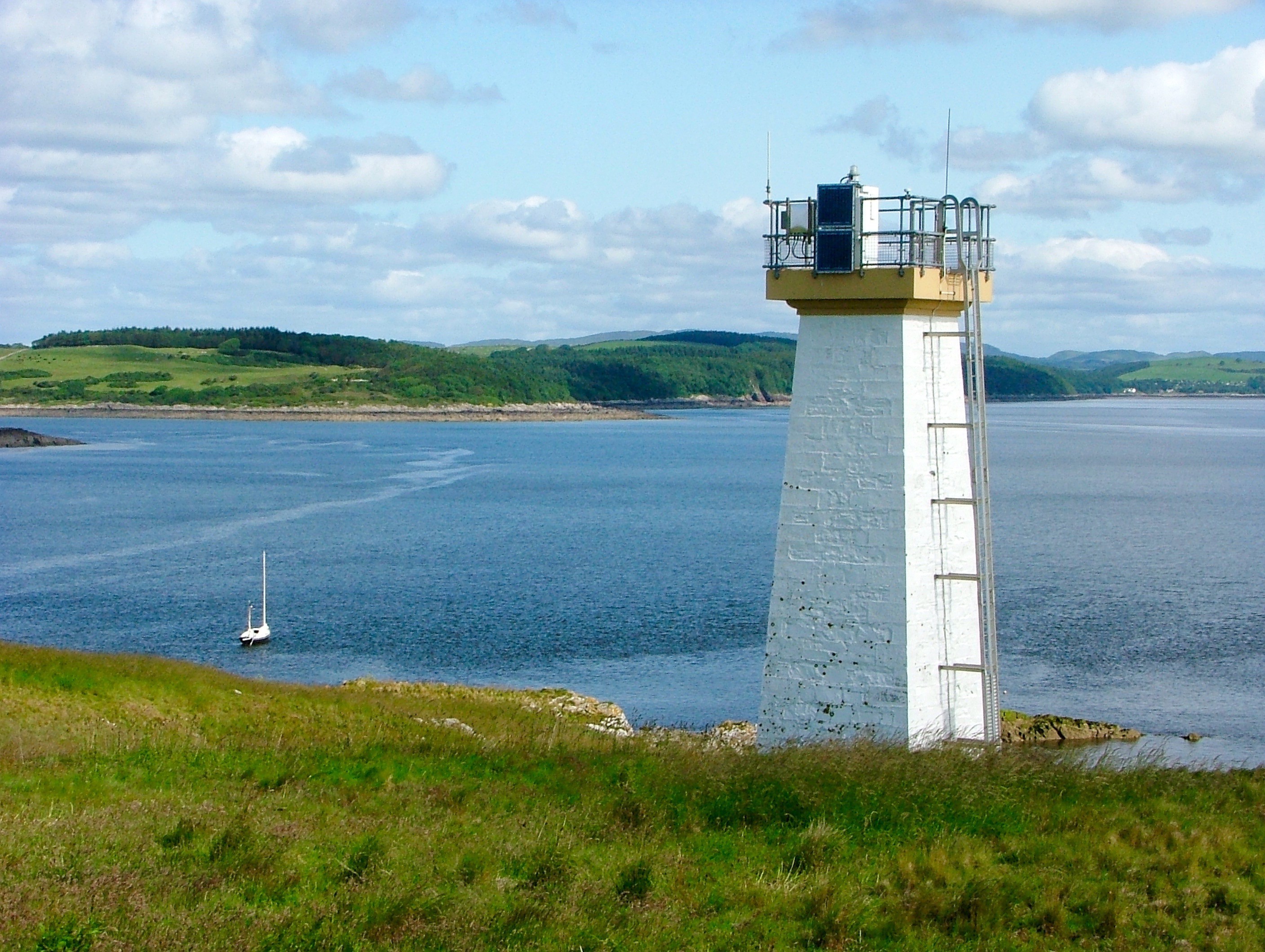
ON August 18, 1960, David R. Collin and his father sailed to the remote island of Little Ross near Kirkcudbright for a picnic.
They returned as witnesses to murder after discovering the body of lighthouse keeper Hugh Clark, who was shot by his colleague Robert Dickson.
But in his book Life And Death On Little Ross, David aims to portray another side to what’s now known as “Murder Island”. He tells Laura Smith the Honest Truth about Little Ross.
Why did you decide to write this book?
I hoped to find an antidote to the island’s rather dark reputation as the scene of a murder.
So I began researching the history of the island to tell the story of the lighthouse keepers and their families, who had diligently attended to their duties there peaceably for 117 years.
What do you remember most about that day?
I was almost 20 at the time of the murder.
The most vivid image that remains is the cosy interior of the empty principal keeper’s house, meticulously neat and tidy, with a budgie chirping in its cage.
Finding the relief keeper Hugh Clark’s body in the next-door house was very sad and puzzling.
I didn’t know at that time he had been murdered so it was not a horrific experience. Giving evidence at the subsequent trial was more traumatic.
How do you feel about the sentencing of Robert Dickson?
As an opponent of capital punishment, I could never consider the sentence to be fair.
I believed Robert Dickson to be guilty of murder, while suffering from mental illness, and the case for his defence seemed to me to have been well made. To treat mental illness with a rope and a trapdoor does not seem to me to be a sign of a civilised society. Dickson was reprieved but took his own life in prison.
What else can you tell us about the island?
Little Ross is an island of 29 acres, situated in the mouth of Kirkcudbright Bay, with wonderful views out to the north Irish Sea and the Isle of Man.
The buildings on the island include the lighthouse tower, two keeper’s cottages, barns, byres, a smithy, cart house, and pigsties.
When was the lighthouse built?
Construction of the only lighthouse on the island was completed in 1843 after a lengthy campaign conducted for 20 years by local people. It was preceded by stone beacons that were built by local enterprise in 1819.
How many people have been based at Little Ross?
Sixty-one principal and assistant keepers served at Little Ross, some of whom were accompanied by large families.
The most people known to have lived on the island at any one time was 14 in 1861.
What was life like for them?
The keepers’ houses were plain but practical, and free coal supplies meant that life there was relatively comfortable.
There was however much drudgery in carrying fuel, water, and supplies and in the incessant routine tasks that keepers had to undertake, such as winding the clockwork mechanism and polishing the lenses that directed the lighthouse’s beam.
Did you come across anything surprising in your research?
Lighthouse service seemed to run in families, and many keepers or their sons married the sisters, daughters or nieces of their colleagues. Their daughters were often wooed by members of the crew of the Northern Lighthouse Board’s supply ships, or by the island’s attendant boatmen.
Who were the last lighthouse keepers on Little Ross?
The last Principal Keeper at Little Ross was John Thomson, and the last assistant prior to Robert Dickson was Ian Summers. Automation took place in November 1960.
The island was recently sold. What does the future hold for Little Ross?
The island will hopefully remain as the focal point of our views towards the sea, and as a much loved picnic destination for future generations.
Life And Death On Little Ross is out now from Whittles Publishing

Enjoy the convenience of having The Sunday Post delivered as a digital ePaper straight to your smartphone, tablet or computer.
Subscribe for only £5.49 a month and enjoy all the benefits of the printed paper as a digital replica.
Subscribe